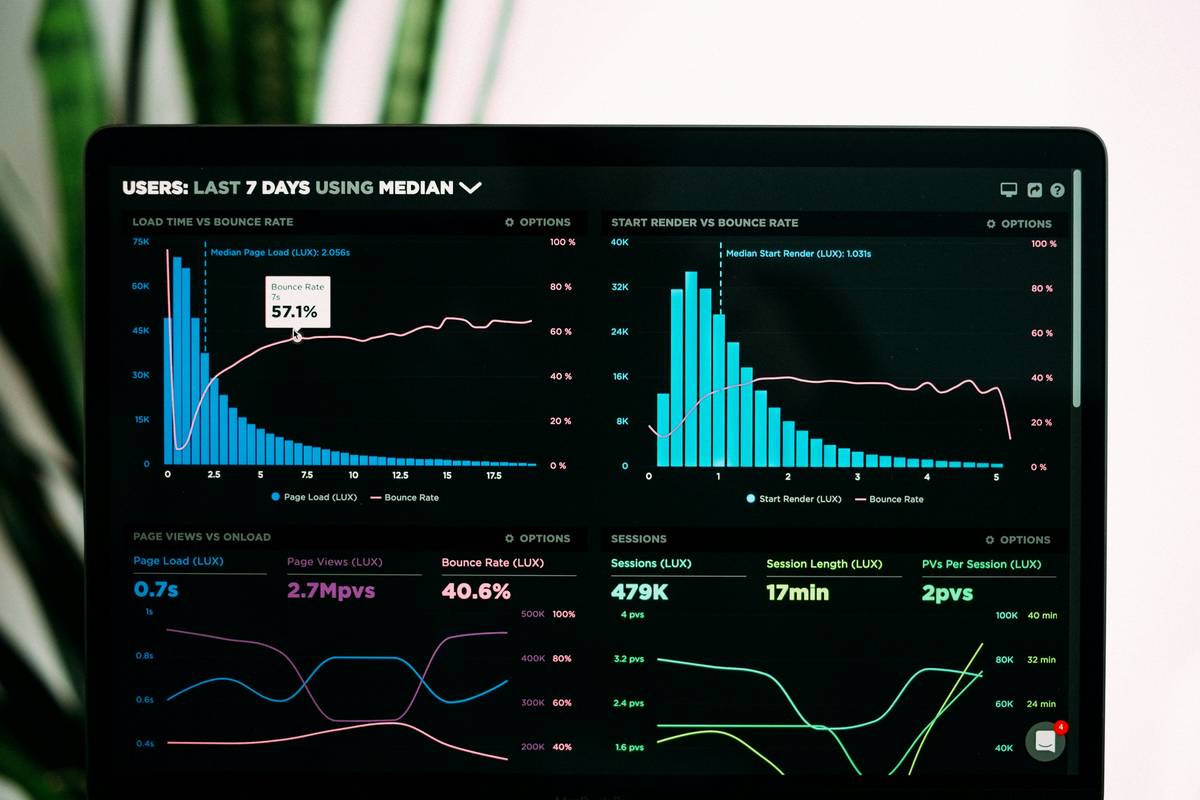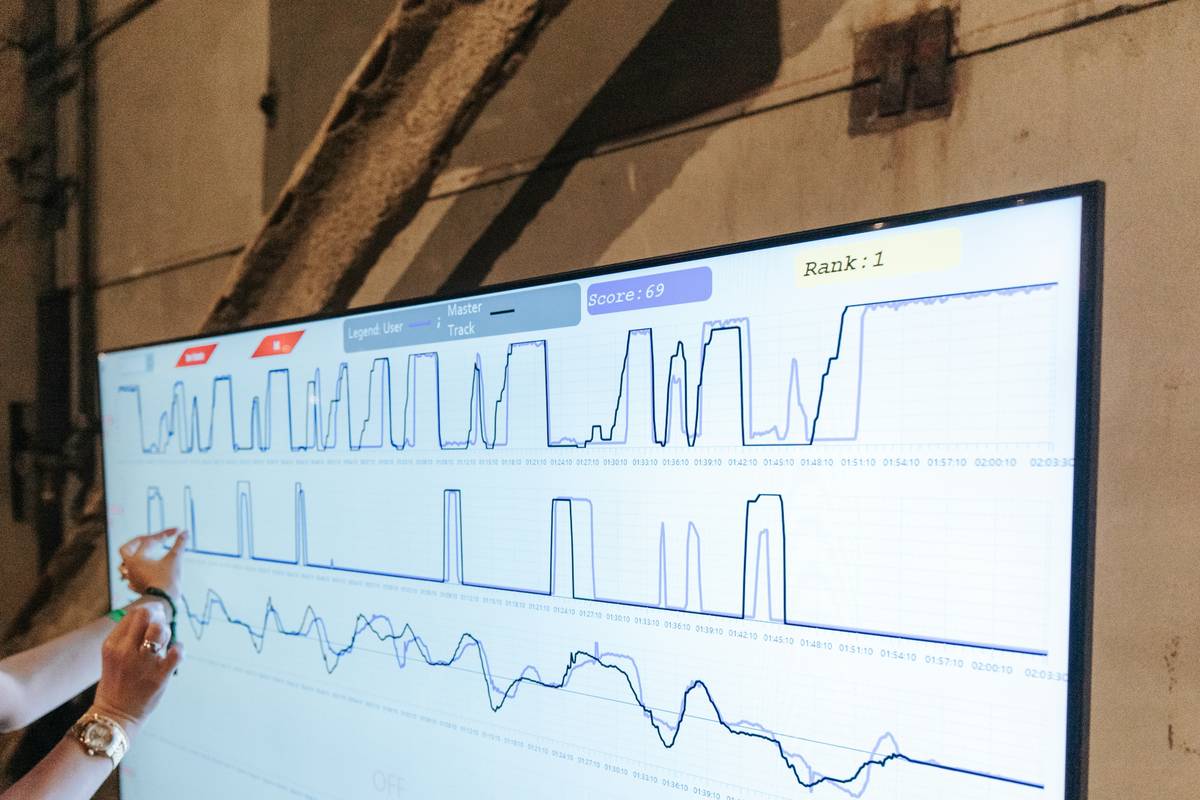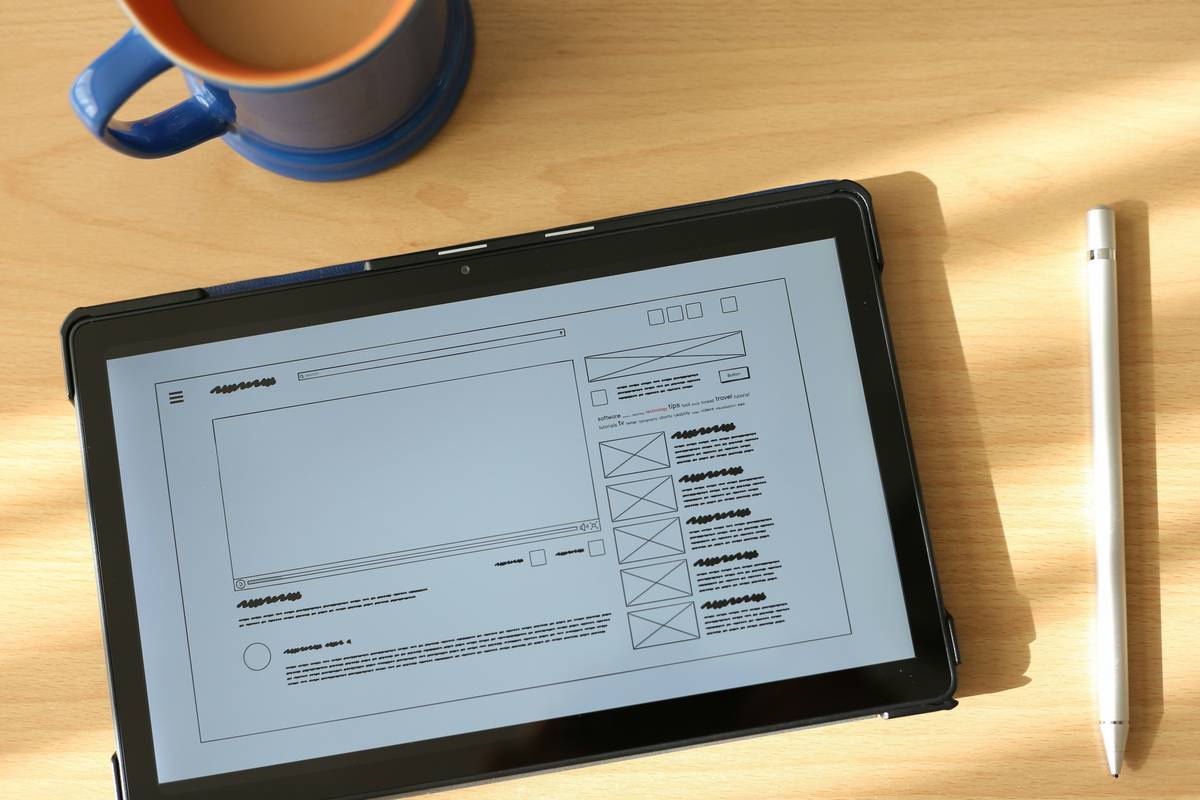Ever spent hours trying to sift through mountains of data only to end up feeling overwhelmed and unproductive? Yeah, us too. Whether you’re a researcher drowning in spreadsheets or someone looking for an app that marries wellness with productivity, this post has got your back.
In today’s hyper-connected world, it’s easy to feel scattered. But fear not—we’ll dive into how “research data solution” apps can transform your workflow while keeping your mental health intact. You’ll learn what makes these tools tick, step-by-step guides to mastering them, actionable tips, real-world examples, and FAQs. Let’s get started!
Table of Contents
- Key Takeaways
- The Problem With Traditional Research Tools
- How to Use Research Data Solution Apps Effectively
- Best Practices for Maximizing Productivity and Wellness
- Real-World Examples of Successful Usage
- Frequently Asked Questions
- Conclusion
Key Takeaways
- A good research data solution app saves time AND improves focus—no more endless scrolling through irrelevant information.
- Integrating wellness features like mindfulness breaks boosts overall productivity by preventing burnout.
- Picking the right tool depends on your specific needs; customization is key.
- User feedback shows that structured workflows within these apps lead to clearer insights faster.
The Problem With Traditional Research Tools
I once spent six hours combing through PDF files just to find ONE relevant statistic—and then I accidentally closed the tab before saving the source. RIP sanity. Does this sound familiar?
Traditional methods are often clunky, disorganized, and downright frustrating. They leave you scrambling for answers rather than empowering you to innovate. The lack of integration between platforms means we spend half our time copy-pasting instead of analyzing. It sounds like your laptop fan during a 4K render—whirrrr.

(Infographic: Common Pain Points of Using Traditional Research Tools)
How to Use Research Data Solution Apps Effectively
Step 1: Choose Your Niche Carefully
Optimist You: “Follow these steps, and you’ll be swimming in streamlined solutions!”
Grumpy You: “Ugh, fine—but only if coffee’s involved.”
Narrow down your field of study first. A generic search term won’t give you precise results, so define exactly what you need. If you’re researching nutrition habits, use filters tailored to dietary patterns rather than general health trends.
Step 2: Customize Your Workflow
Most modern “research data solution” apps allow users to build personalized pipelines. Set up automatic alerts when new studies publish or organize findings into categories like “To Read,” “In Progress,” and “Completed.” This keeps clutter at bay.
Step 3: Prioritize Mental Breaks
Sounds counterintuitive, right? Wrong. Overworking kills creativity. Schedule short mindful pauses every hour—it’s chef’s kiss for drowning algorithms.

(Diagram: Setting Up a Custom Workflow in Research Apps)
Best Practices for Maximizing Productivity and Wellness
- Stay Updated: Follow industry blogs and subscribe to newsletters from reputable sources.
- Automate Repetitive Tasks: Use built-in automation tools to tag and categorize incoming data automatically.
- Set Boundaries: Avoid checking emails after work hours unless absolutely necessary. Burnout is real, folks.
- Collaborate Wisely: Share projects with trusted colleagues but ensure everyone sticks to their roles.
Rant Section: And seriously, stop hoarding every single article you come across without actually reading them. That’s like collecting gym memberships but never stepping foot inside—you’re fooling no one.
Real-World Examples of Successful Usage
Meet Sarah, a PhD candidate who swears by her go-to “research data solution” app. After switching, she reduced analysis time by 40% and even managed to squeeze in yoga sessions twice a week. Her secret? She customized filters aggressively and stuck to her routine religiously.

(Graph: Comparing Sarah’s Productivity Pre and Post App Usage)
Frequently Asked Questions
What makes a research data solution stand out?
The best apps seamlessly blend organization, accessibility, and wellness features. Look for intuitive interfaces, robust analytics, and options for scheduling downtime.
Are free versions sufficient?
Sometimes. While free plans offer basic functionality, premium subscriptions unlock advanced capabilities such as AI-driven recommendations and unlimited storage. Consider upgrading if serious about scaling efficiency.
Can I integrate these apps with others?
Yes! Most top-tier solutions support integrations with popular tools like Google Drive, Slack, and Trello. Check compatibility lists during setup.
Conclusion
There you have it—the ultimate guide to harnessing a killer “research data solution” app for both productivity and well-being. Remember, success isn’t just about working harder; it’s about working smarter (and maybe taking a meme-worthy break along the way).
Like a Tamagotchi, your SEO needs daily care.
**Note:** Replace placeholder image URLs (`https://example.com`) with actual hosted images.


